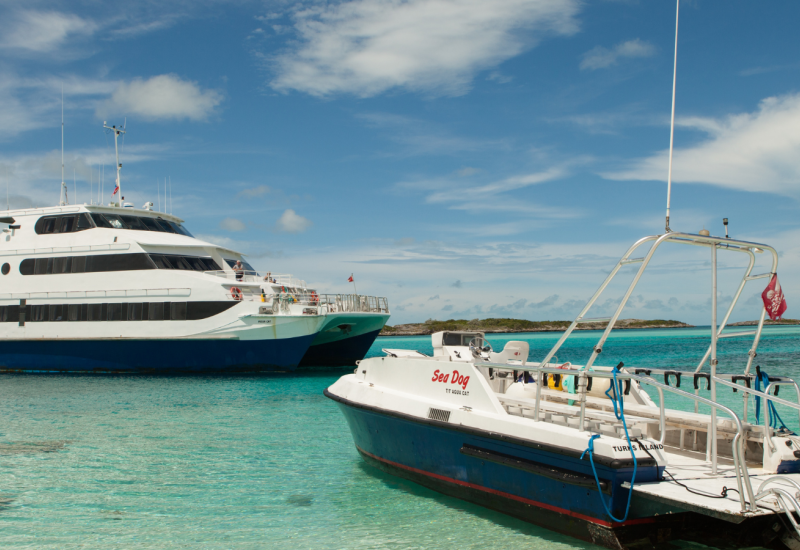Three Tips for a Scuba Road Trip in 2021

Shutterstock.com/Dead reckoningYou don't have to fly over oceans to experience amazing wreck diving.
In this month's edition of Ask a Travel Expert, travel writer Terry Ward offers helpful hints for traveling safely with a tank in your car and picking the safest vacation accommodations during the pandemic.
Q: What precautions should I take when carrying tanks in a car?
A: Whether you’re hopping between shore-diving sites on a Caribbean island or throwing the tanks in the trunk for your kid's checkout dive at the local quarry, there are precautions to take when transporting cylinders. When loading tanks into the car, be sure to protect the valve of the tank from impact. “It can damage it or cause the valve knob to turn open,” says Kelly Donovan of PADI Travel, who suggests locking tanks down with straps and using tank mounts or storage racks to prevent them from rolling. Not only will this prevent tank damage but it will stop tanks from becoming projectiles in the event of a crash. “Boots” on the bottom of tanks can add further protection for the tanks as well as your car’s interior. Donovan also suggests wearing close-toed shoes or boots when transporting tanks. And don’t forget to get your personal tanks inspected by your local dive shop before your trip. Tanks should undergo a yearly visual inspection and hydrostatic pressure testing every two to five years. Get additional information about tanks at padi.com/gear/tanks.
Q: I had to cancel a trip to Truk Lagoon. Where can I get my wreck fix in the U.S.?
A: I live in Florida, so I might be biased, but the Keys are epic for road-tripping in search of wrecks. Whether you’ve got a lust for rust or for tec diving at hundreds of feet—or just want to take the kids out on something fishy, sunny and shallow—there’s a wreck to suit you along the Wreck Trek (and off it too) between Key Largo and Key West. Land in Miami or Fort Lauderdale and you can be out diving the wrecks of the Spiegel Grove, Duane or Bibb around Key Largo within a couple of hours. Farther south, iconic wrecks like the Eagle and Vandenberg await.
“Guests are surprised by how many wrecks there are in the Keys,” says Dan Dawson, who owns Horizon Divers in Key Largo. “There’s ballast stone up and down throughout the Keys all over the place. There’s even a Civil War-era wreck on the inside of Elbow Reef.”
Since there are so many dive shops scattered through these isles and most dive sites are boat-access only, you don’t have to worry about transporting tanks either, allowing you to instead focus that energy on where to toast a classic Keys sunset when it’s time for après-dive, a ritual in these parts.
Q: During the pandemic, is it safer to stay in hotels or vacation rentals?
A: That depends on your personal comfort level. I’ve stayed in both during the past year and felt equally safe. Big chains like Marriott and Hilton have extensive brandwide protocols for sanitizing and face-mask rules you can read up on before your visit. There are far fewer touch points in hotel rooms these days—magazines, books and superfluous decor flair have been eighty-sixed in many places. If you want to avoid being in the confined space of an elevator, a smaller motel or vacation rental might suit you best. In general, vacation rentals will also likely allow you to have less contact with people during your stay. What matters most for a diver, of course, is a comfortable bed so you can be well-rested for the next day’s fun.










